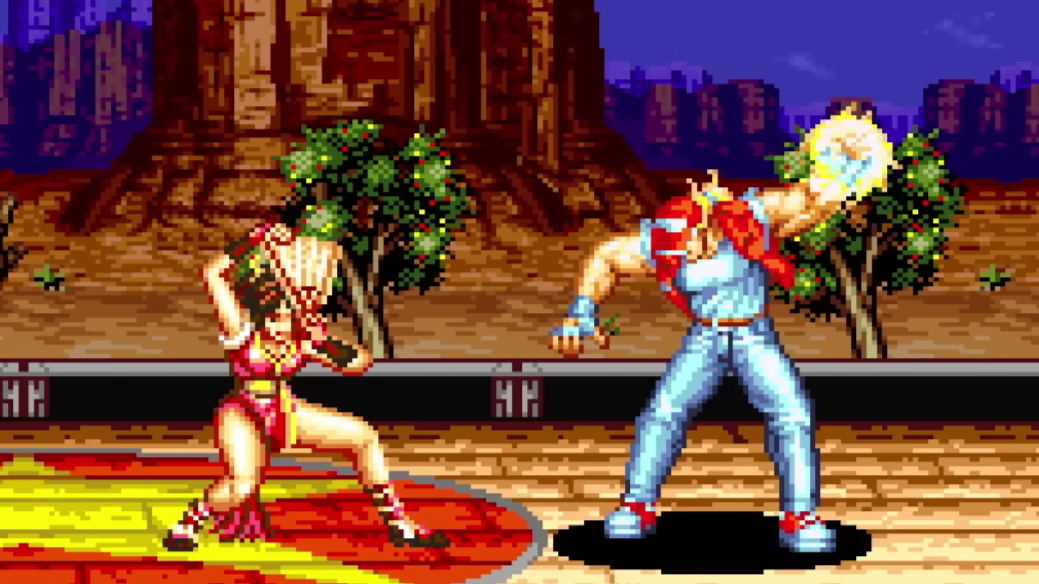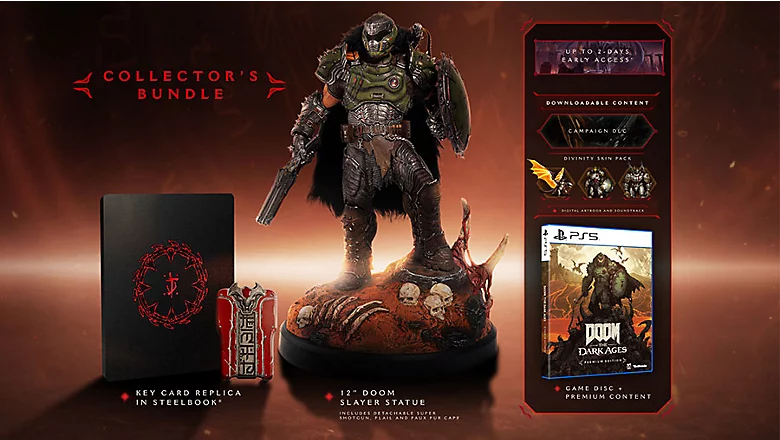After id Software’s brilliant revival of Doom in 2016 and its even tighter 2020 sequel Doom Eternal, it’d be hard for Doom to soar any higher. So it isn’t. Instead, it’s keeping both feet planted firmly on the ground and bringing the high-speed, high-skill-ceiling first-person shooter even closer to the scores of Hell’s minions in the medieval-tinged prequel, Doom: The Dark Ages.
Yes, the new Doom pivots from Eternal’s platforming and instead literally grounds its combat in strafe-heavy gameplay with an emphasis on power. Sure, the great guns are still there – this is Doom, after all! – and that very much includes the new Skull Crusher that stood out in the reveal trailer. You know, the one that eats the skulls of your fallen enemies as ammunition and spits them back out at the still-living bad guys in smaller, higher-velocity chunks. But The Dark Ages also places a huge premium on your three melee weapons: the default electrified gauntlet, which can be charged up; the flail; and the star of the reveal trailer from last summer, the Shield Saw, which can be thrown or used to block, parry, or deflect. “You’re gonna stand and fight,” game director Hugo Martin said after my demo of the new Doom.
Perhaps it won’t surprise you, then, that Martin says The Dark Ages is inspired primarily by three other seminal pieces of pop culture: the legendary original Doom, Frank Miller’s Batman: The Dark Knight Returns graphic novel, and Zack Snyder’s 2006 classic movie 300 – perhaps not coincidentally based on a graphic novel by Miller.
Modern Doom’s trademark Glory Kill finishing-move system has been unsynced, meaning the fatalities can be performed from any angle on the battlefield and will change accordingly.As further evidence of this, the modern series’s trademark Glory Kill finishing-move system has been unsynced, meaning the fatalities can be performed from any angle on the battlefield and will change accordingly. This is to account for the hordes of enemies that will be around you all the time. Yes, like 300 (and the original Doom), you’ll be surrounded by bad guys in combat bowls that have been significantly widened in The Dark Ages. You can accomplish objectives in any order you want, and wander anywhere you feel like in the levels (which, by the way, Martin says have been shortened a bit where needed to stick closer to his sweet spot of each being about an hour long).
Even better, addressing a criticism I cited in my review of Doom Eternal, The Dark Ages will no longer force you to read its story in the Codex. Instead, the story will play out in cutscenes. And the story will “take you to the far reaches of the Doom universe,” id says, with a big story described as “a summer blockbuster event with everything on the line” as your power as the Slayer is coveted by your enemies.
Martin also made a point to emphasize that the development team is focusing on simplifying the control scheme, believing that in hindsight, Doom Eternal made the controls too complex. Martin said the team wanted something that felt intuitive so that when they pressure the player, they’re not reaching for buttons they’re not familiar with. The aforementioned melee options, for example, will be equipped like equipment (meaning, one at a time). Meanwhile, not only will there be more secrets and treasures hidden around, but the economy has been simplified to one currency (gold), and those secrets will focus on furthering your skill progression. Meaning, tangible, gameplay-altering rewards rather than lore deep-dives.
One thing you definitely can deep-dive into, though, is the difficulty. Custom sliders now let you tweak the challenge however you see fit, with adjustments for things like game speed and enemy aggression (and a whole lot more) at your fingertips in the UI.
I also learned a bit more about two standout gameplay sequences from the reveal trailer: the giant 30-story demon mech (called the Atlan) and the cybernetic dragonback riding. They won’t be one-offs, by the sound of it, but you can’t just call in either one anytime you like. Each has a full suite of abilities and even minibosses to battle. Oh, and one more key bit of information: there won’t be any multiplayer mode this time around, as the team wanted to focus all of its resources into making the best single-player campaign possible. Not that Eternal’s Battlemode was bad, but I imagine most players won’t complain.
But for me, someone for whom the original Doom was transformational in 1993, I just keep coming back to Martin’s pivot away from the (very successful!) direction they were heading in Eternal and his renewed adherence to the design principles of that 30-year-old foundational classic as he designed The Dark Ages. “It’s just gotta be different [from Eternal],” Martin said. “Especially if I loved the game. [If] I wanna play a Doom game, I wanna feel strong, but I’m OK with changing what that power fantasy is, especially if that change brings it closer to classic Doom.”
Hearing that has got me more hyped than ever. May 15 can’t come soon enough.
Ryan McCaffrey is IGN’s executive editor of previews and host of both IGN’s weekly Xbox show, Podcast Unlocked, as well as our monthly(-ish) interview show, IGN Unfiltered. He’s a North Jersey guy, so it’s “Taylor ham,” not “pork roll.” Debate it with him on Twitter at @DMC_Ryan.







